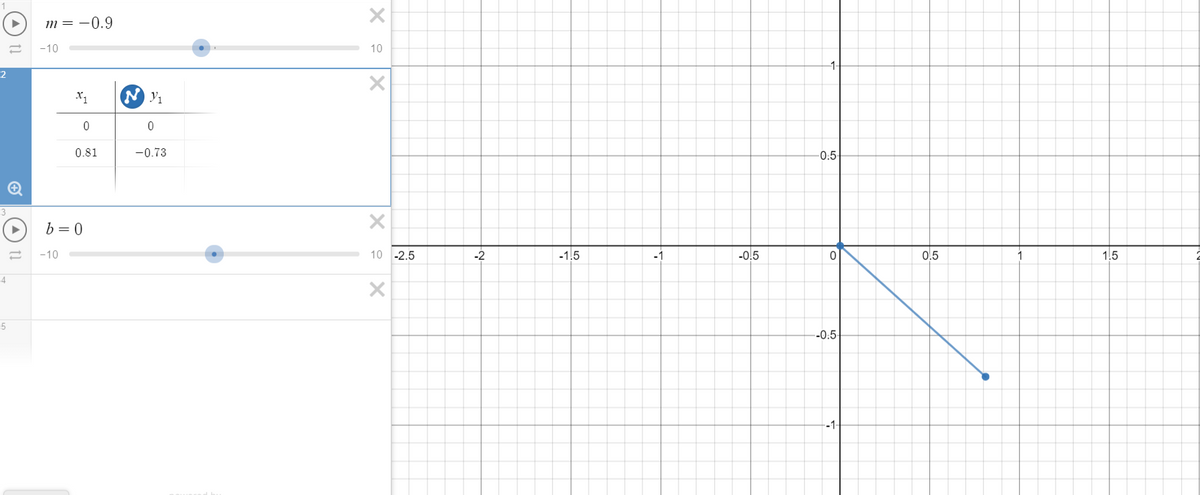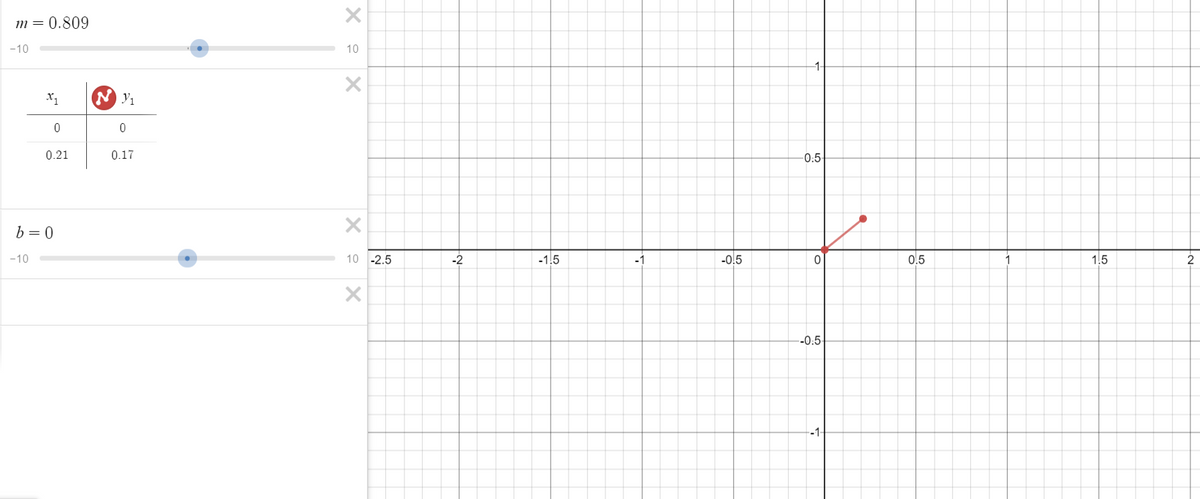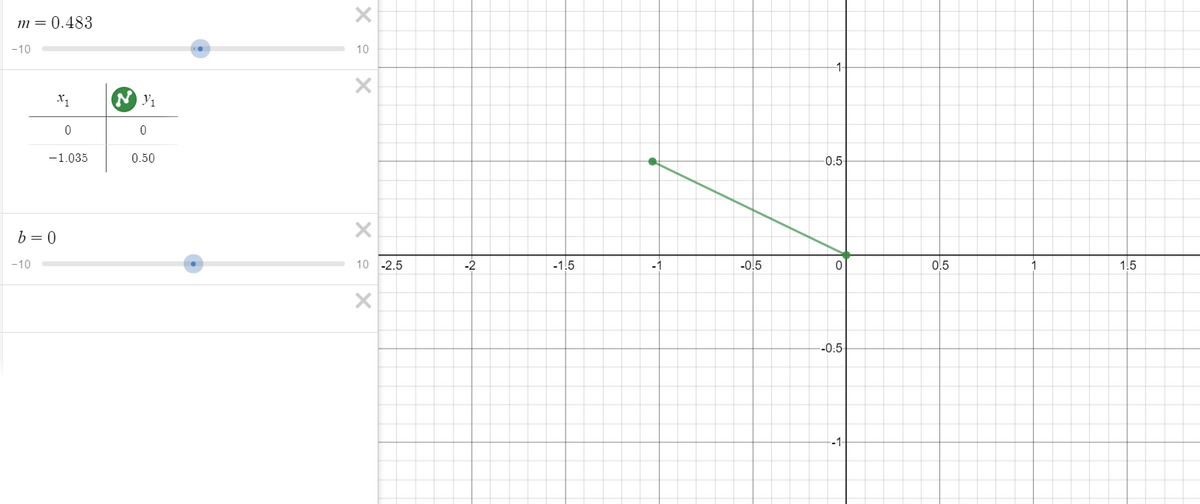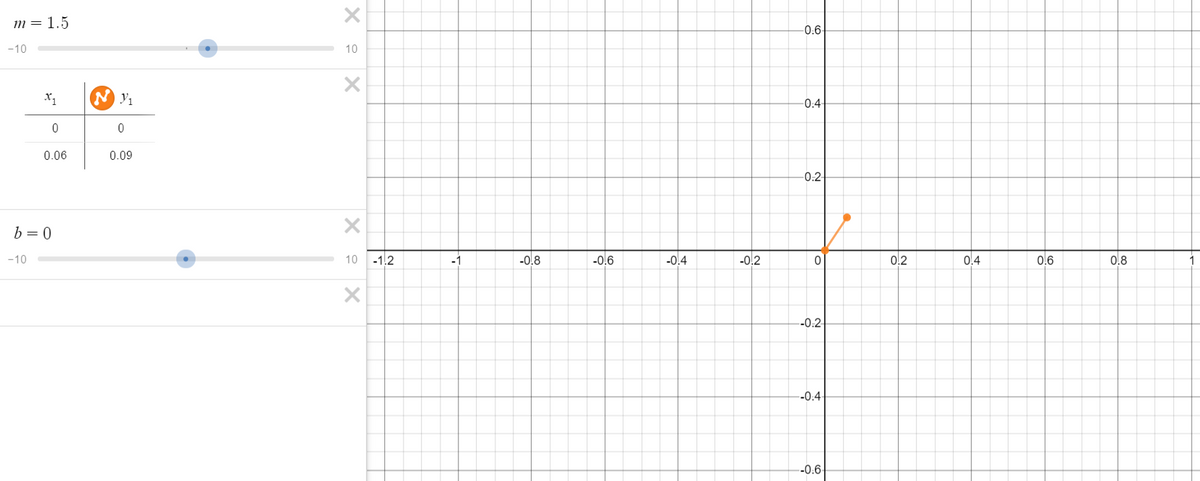College Physics
11th Edition
ISBN:9781305952300
Author:Raymond A. Serway, Chris Vuille
Publisher:Raymond A. Serway, Chris Vuille
Chapter1: Units, Trigonometry. And Vectors
Section: Chapter Questions
Problem 1CQ: Estimate the order of magnitude of the length, in meters, of each of the following; (a) a mouse, (b)...
Related questions
Question
Graph the following 4 forces listed in the table by using a protractor and a ruler to draw to the graph.
![**Static Equilibrium with Four Forces** *(All four angles cannot be 90 degrees)*
| | Mass (Kg) | \[F = 9.8 \, \text{m/s}^2 \times \text{mass}\] | Angle in degrees | \[F_x = F \cos \theta\] | \[F_y = F \sin \theta\] |
|-------------|-----------|-----------------------------------------------|-----------------|------------------------|-----------------------|
| **Force 1** | 0.085 kg | 0.86 N | 12 | 0.81 | -0.73 |
| **Force 2** | 0.055 kg | 0.539 N | 67 | 0.210 | 0.17 |
| **Force 3** | 0.106 kg | 1.03 N | 175 | -1.035 | 0.50 |
| **Force 4** | 0.075 kg | 0.735 N | 275 | 0.06 | 0.09 |
**Sum of x component and y component of each force:**
\[ \rightarrow \] \( \sum F_x = 0.04 \)
\[ \sum F_y = 0.03 \)
---
This table displays the data for a static equilibrium scenario involving four forces. Each force is defined by its mass, force magnitude, angle in degrees, and x and y components calculated using trigonometric functions.
**Graph/Diagram Explanation:**
The lower part of the image is a grid, which can be used for plotting the forces and their components. Each grid cell can represent units to help visualize how the forces interact in a two-dimensional plane. The equilibrium condition is when the sum of the forces in both x and y directions is close to zero, indicating that the system is in balance.](/v2/_next/image?url=https%3A%2F%2Fcontent.bartleby.com%2Fqna-images%2Fquestion%2Fb17b42cf-4900-4684-bd30-48d930c463a4%2Fcdaea211-69df-432d-ad56-0fa0634eb147%2Ffm6m5r.png&w=3840&q=75)
Transcribed Image Text:**Static Equilibrium with Four Forces** *(All four angles cannot be 90 degrees)*
| | Mass (Kg) | \[F = 9.8 \, \text{m/s}^2 \times \text{mass}\] | Angle in degrees | \[F_x = F \cos \theta\] | \[F_y = F \sin \theta\] |
|-------------|-----------|-----------------------------------------------|-----------------|------------------------|-----------------------|
| **Force 1** | 0.085 kg | 0.86 N | 12 | 0.81 | -0.73 |
| **Force 2** | 0.055 kg | 0.539 N | 67 | 0.210 | 0.17 |
| **Force 3** | 0.106 kg | 1.03 N | 175 | -1.035 | 0.50 |
| **Force 4** | 0.075 kg | 0.735 N | 275 | 0.06 | 0.09 |
**Sum of x component and y component of each force:**
\[ \rightarrow \] \( \sum F_x = 0.04 \)
\[ \sum F_y = 0.03 \)
---
This table displays the data for a static equilibrium scenario involving four forces. Each force is defined by its mass, force magnitude, angle in degrees, and x and y components calculated using trigonometric functions.
**Graph/Diagram Explanation:**
The lower part of the image is a grid, which can be used for plotting the forces and their components. Each grid cell can represent units to help visualize how the forces interact in a two-dimensional plane. The equilibrium condition is when the sum of the forces in both x and y directions is close to zero, indicating that the system is in balance.
Expert Solution
Step 1
We don't provide handwritten solutions/diagrams. We have drawn the required graphs digitally. You can easily replicate these on pen and paper.

Graph 1. For Force-1

Graph 2. For Force-2

Graph 3. For Force-3

Graph 4. For Force-4

Graph 5. For Force-5
Step by step
Solved in 2 steps with 5 images

Knowledge Booster
Learn more about
Need a deep-dive on the concept behind this application? Look no further. Learn more about this topic, physics and related others by exploring similar questions and additional content below.Recommended textbooks for you

College Physics
Physics
ISBN:
9781305952300
Author:
Raymond A. Serway, Chris Vuille
Publisher:
Cengage Learning

University Physics (14th Edition)
Physics
ISBN:
9780133969290
Author:
Hugh D. Young, Roger A. Freedman
Publisher:
PEARSON

Introduction To Quantum Mechanics
Physics
ISBN:
9781107189638
Author:
Griffiths, David J., Schroeter, Darrell F.
Publisher:
Cambridge University Press

College Physics
Physics
ISBN:
9781305952300
Author:
Raymond A. Serway, Chris Vuille
Publisher:
Cengage Learning

University Physics (14th Edition)
Physics
ISBN:
9780133969290
Author:
Hugh D. Young, Roger A. Freedman
Publisher:
PEARSON

Introduction To Quantum Mechanics
Physics
ISBN:
9781107189638
Author:
Griffiths, David J., Schroeter, Darrell F.
Publisher:
Cambridge University Press

Physics for Scientists and Engineers
Physics
ISBN:
9781337553278
Author:
Raymond A. Serway, John W. Jewett
Publisher:
Cengage Learning

Lecture- Tutorials for Introductory Astronomy
Physics
ISBN:
9780321820464
Author:
Edward E. Prather, Tim P. Slater, Jeff P. Adams, Gina Brissenden
Publisher:
Addison-Wesley

College Physics: A Strategic Approach (4th Editio…
Physics
ISBN:
9780134609034
Author:
Randall D. Knight (Professor Emeritus), Brian Jones, Stuart Field
Publisher:
PEARSON